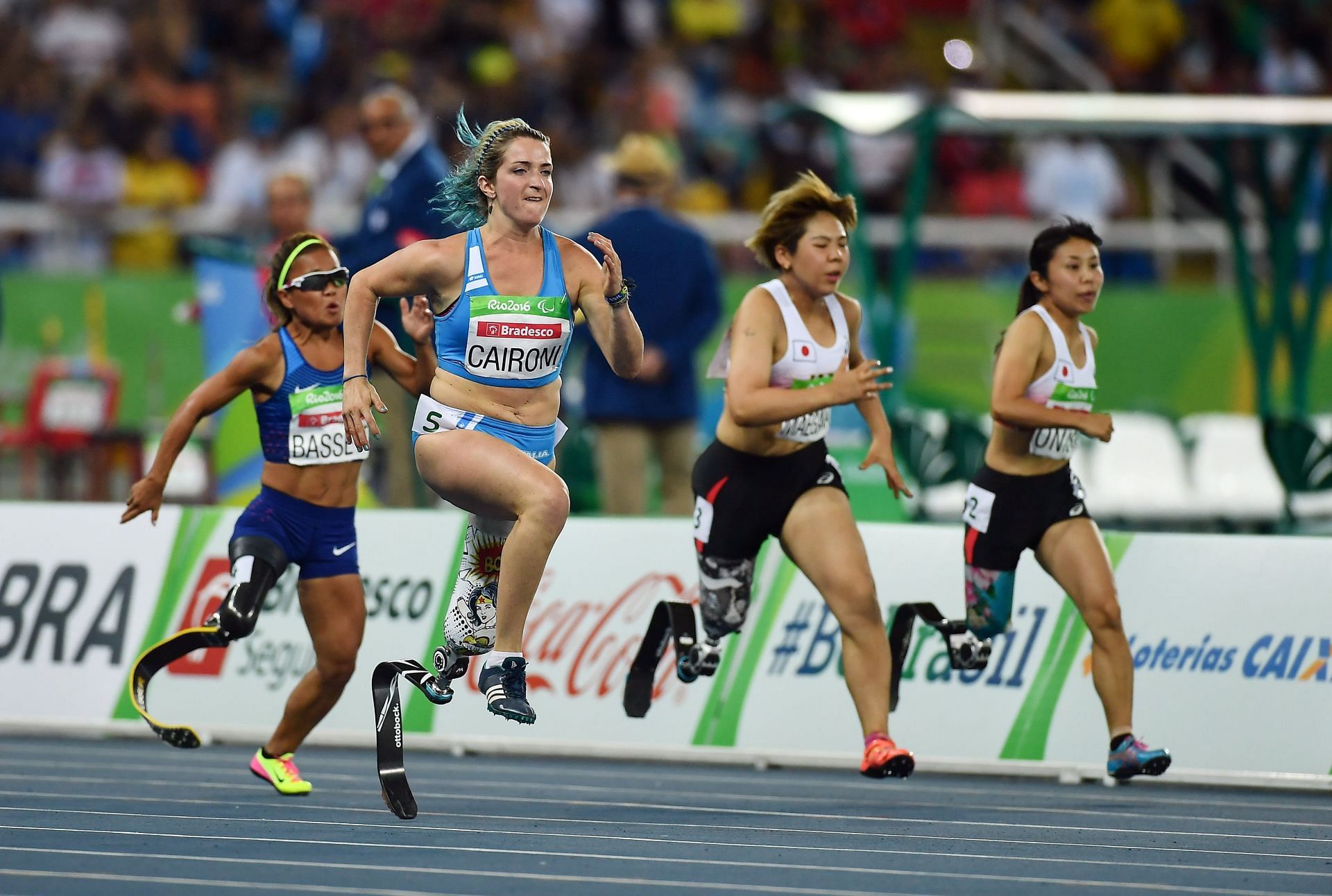
Paralympics 2024 Athletics: Know all about the different types of para-athletics being played in Paris
Athletics is an important part of Olympic or Paralympic Games and has been a part of the same since time immemorial. Without athletics, it is really impossible to sum up the quadrennial events. The first trace of athletics for specially abled athletes goes back to 1952 where athletes with wheelchairs were allowed in the Olympics itself, notably for those athletes who had spinal cord injuries and took part in the javelin throw event.
The first Paralympic Games took place in Rome in 1960 and a total of eight sports were involved. Athletics notably, was one of them. There are a lot of sports in the athletics section which include throwing (not hammer), track events (no obstacle races and walking events) and the infamous marathon which started back in 1980.
The participation of the athletes, however, depends on the level of impairment. Athletes can use three-wheeled wheelchairs, protheses or even a throwing seat. Athletes who were visually impaired can take assistance from a guide runner for races and those involved in throwing or jumping events are guided by coaches.
What are the different categories?
The categories completely depend on the impairment the athlete has. Some impairments which are eligible for the Paralympics are paraplegia, quadriplegia or equivalent. Even athletes with celebral palsy, visual impairment and blindness, amputation or equivalent, and also intellectual impairment and short stature are allowed to partake in various events.
How is the classification done? Well like other sports, letters and numbers are used to classify. Terms 'T' and 'F' are used to determine the type of sport - track or field.
Numbers are used to classify the level of impairment. Now the number is also divided. For example, the tens number is used for the type of impairment and the units number is used to determine the severity of the same. Like, 11 will stand for those who have vision impairment; here the first 1 denotes the type of impairment and the second 1 denotes the severity, whether it is mild or great.
Numbers 11-13 are for vision impairment. 20 is for intellectual impairment. 31-38 stand for co-ordination impairments. 40-47 is for short stature, upper or lower limb competing with prostheses or equivalent. T51-54 is for wheelchair races. F51-58 is for seated throws and lastly, 61-64 is for lower limb competing with prostheses.